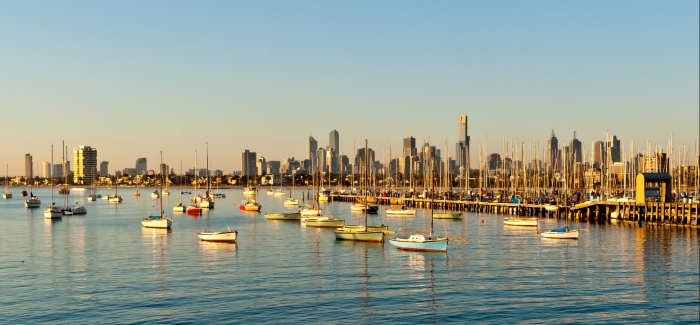This guide to studying in Australia is sponsored by 457visacompared.com.au.
Why study in Australia?
Australia has a lot to offer international students, including seven of the world’s top 100 universities, according to the 2013/14 QS World University Rankings®. In addition to educational excellence, there are also three other key attributes which make studying in Australia an attraction option:
- The ability to work up to 20 hours a week when the course is in session and unlimited hours during course breaks.
- The great lifestyle Australia has to offer, including a pleasant climate and some of the world’s most liveable cities – and best locations for students (only the US has more entries in the QS Best Student Cities).
- The ability to work in Australia after the degree is completed on a 485 visa, which can lead to permanent residence (explained below).
 Requirements to study in Australia
Requirements to study in Australia
In order to study in Australia the potential student needs to meet the ‘genuine temporary entrant’ (GTE) requirement which includes consideration of the following:
- Circumstances in the applicant’s home country;
- The applicant’s potential circumstances in Australia;
- The applicant’s immigration history;
- The value of the course to the applicant’s future.
Full details are available in this government document.
Other key requirements to study in Australia include the ability for the student to show they have sufficient financial resources for the duration of their stay, and an assessment of their criminal history. The requirement for Overseas Student Health Cover (OSHC) is likely to cost between AU$370 -507 (about US$330-450) per year. A full list of OSHC policies which meet government requirements can be viewed here.
 Living in Australia
Living in Australia
It’s important not to underestimate just how large Australia is! Top Australian universities are scattered throughout the nation, so it’s important to do some research into different locations, to make sure living in Australia meets your expectations. (Find out more about Australia’s top student cities.)
Australian universities have a long history of welcoming international students, and before you arrive you should receive plenty of information about living in Australia, as well as assistance in arranging accommodation. It’s usually possible to opt for on-campus accommodation managed by the university, but you can also choose to arrange your own rented accommodation. If that’s your preference, there are plenty of cheap short-term accommodation options where you can stay while looking for a more permanent place to live.
 Post-graduation work in Australia
Post-graduation work in Australia
As highlighted earlier, a real benefit of studying in Australia for international students is the ability to stay and work in Australia after graduation. This option is available by applying for a 485 visa. This visa will allow the applicant (and his/her partner) to work in Australia up to four years, depending on the length of time spent studying in Australia and the course you completed. Full details of the 485 visa can be viewed at the website of the Australian Department of Immigration.
Key requirements to get a 485 visa to work in Australia include: having sufficient English skills, passing a health check and character assessment, and having adequate health insurance. A comprehensive list of accepted 485 visa health insurance policies can be compared here. Once a 485 visa has been issued, the holder can commence working full time. It’s common for international graduates to use job sites to search for suitable entrance-level jobs in Australia.
About the author: Justin Grossbard is a regular traveller who specializes in immigration services and is the author of the website 457visacompared.com.au








